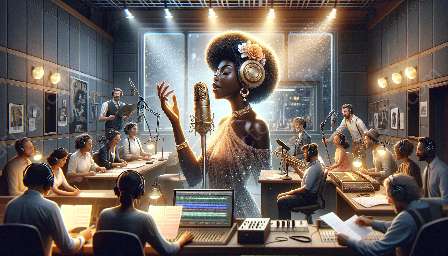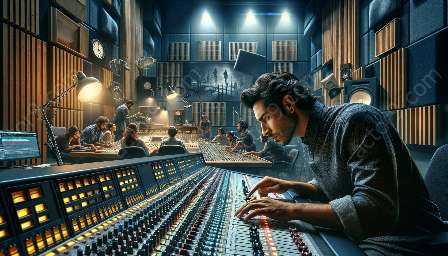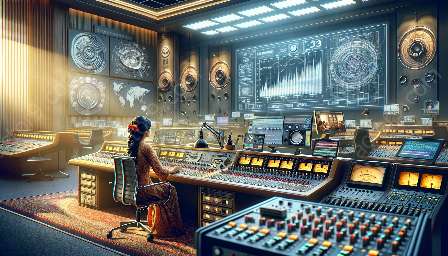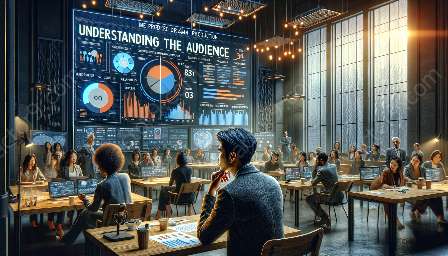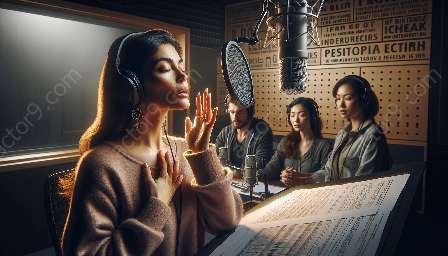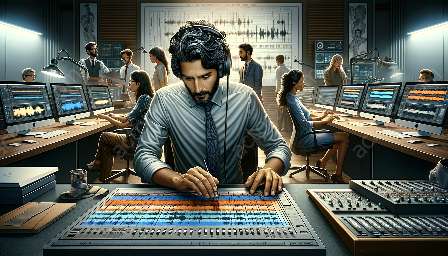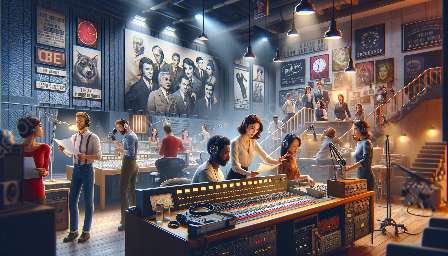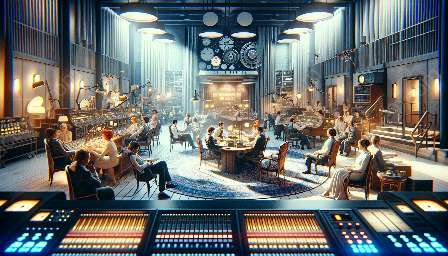Radio drama production is a multidimensional art form that relies on several key elements to create an immersive experience for the audience. Among these elements, sound design plays a crucial role in enhancing the impact of radio drama. In this comprehensive guide, we will delve into the technical and creative aspects of sound design in radio drama production, exploring how it contributes to the overall effectiveness and emotional resonance of the storytelling.
Understanding Radio Drama Production
Before delving into the specifics of sound design, it is important to have a foundational understanding of radio drama production. Radio drama is a form of audio storytelling that utilizes sound effects, music, and voice acting to engage listeners and evoke vivid imagery in their minds. Unlike visual media, radio drama relies solely on audio elements to convey the narrative, making sound design an integral part of the production process.
The Role of Sound Design in Radio Drama
Sound design in radio drama encompasses both technical and creative aspects that contribute to the overall impact of the production. From creating ambience and setting the mood to enhancing dramatic moments, sound design plays a multifaceted role in shaping the auditory landscape of the narrative.
Creating Atmosphere and Ambience
One of the primary contributions of sound design to radio drama is the creation of atmosphere and ambience. Through the use of carefully curated sound effects, such as environmental sounds, background noise, and spatial audio techniques, sound designers transport listeners to various settings and locations, effectively immersing them in the world of the story. Whether it's the bustling streets of a metropolitan city or the serene tranquility of a countryside, the strategic deployment of sound elements brings the narrative environment to life in the listeners' imagination.
Enhancing Emotional Resonance
Sound design also plays a pivotal role in enhancing the emotional resonance of radio drama. By leveraging techniques such as dynamic mixing, musical scoring, and vocal manipulation, sound designers can underscore the narrative's emotional beats, intensify dramatic tension, and evoke a profound emotional response from the audience. Whether it's the subtle use of background music to underscore a poignant moment or the strategic placement of sound effects to amplify suspense, sound design serves as a powerful tool in shaping the audience's emotional engagement.
Conveying Narrative Elements
Furthermore, sound design in radio drama serves as a means of conveying narrative elements that may not be explicitly described in the dialogue. From the subtle use of diegetic sounds to signify character actions to the artful manipulation of non-diegetic sounds to convey mood shifts, sound designers work in tandem with the script and voice actors to enrich the storytelling experience, providing layers of meaning and context through auditory cues.
Technical and Creative Considerations
Both technical expertise and creative ingenuity are essential components of effective sound design in radio drama. From a technical perspective, sound designers must possess a deep understanding of audio editing, mixing, and mastering techniques to ensure the seamless integration of sound elements. Additionally, familiarity with specialized tools and software for sound manipulation and spatial audio reproduction is paramount in achieving the desired sonic impact.
On the creative front, sound designers collaborate closely with directors, writers, and voice actors to align the sonic vision with the overarching artistic goals of the production. This involves conceptualizing soundscapes, experimenting with unconventional audio treatments, and exploring innovative approaches to capture the essence of the narrative through sound.
Conclusion
Sound design is a fundamental pillar of radio drama production, enriching the auditory experience and amplifying the emotional impact of the storytelling. By skillfully layering sound effects, music, and ambience, sound designers play a pivotal role in transporting listeners to imaginative realms and eliciting deep emotional responses. As the audience becomes engrossed in the sonic tapestry of a well-crafted radio drama, the profound influence of sound design becomes palpable, underscoring its indispensable contribution to the immersive power of the medium.

